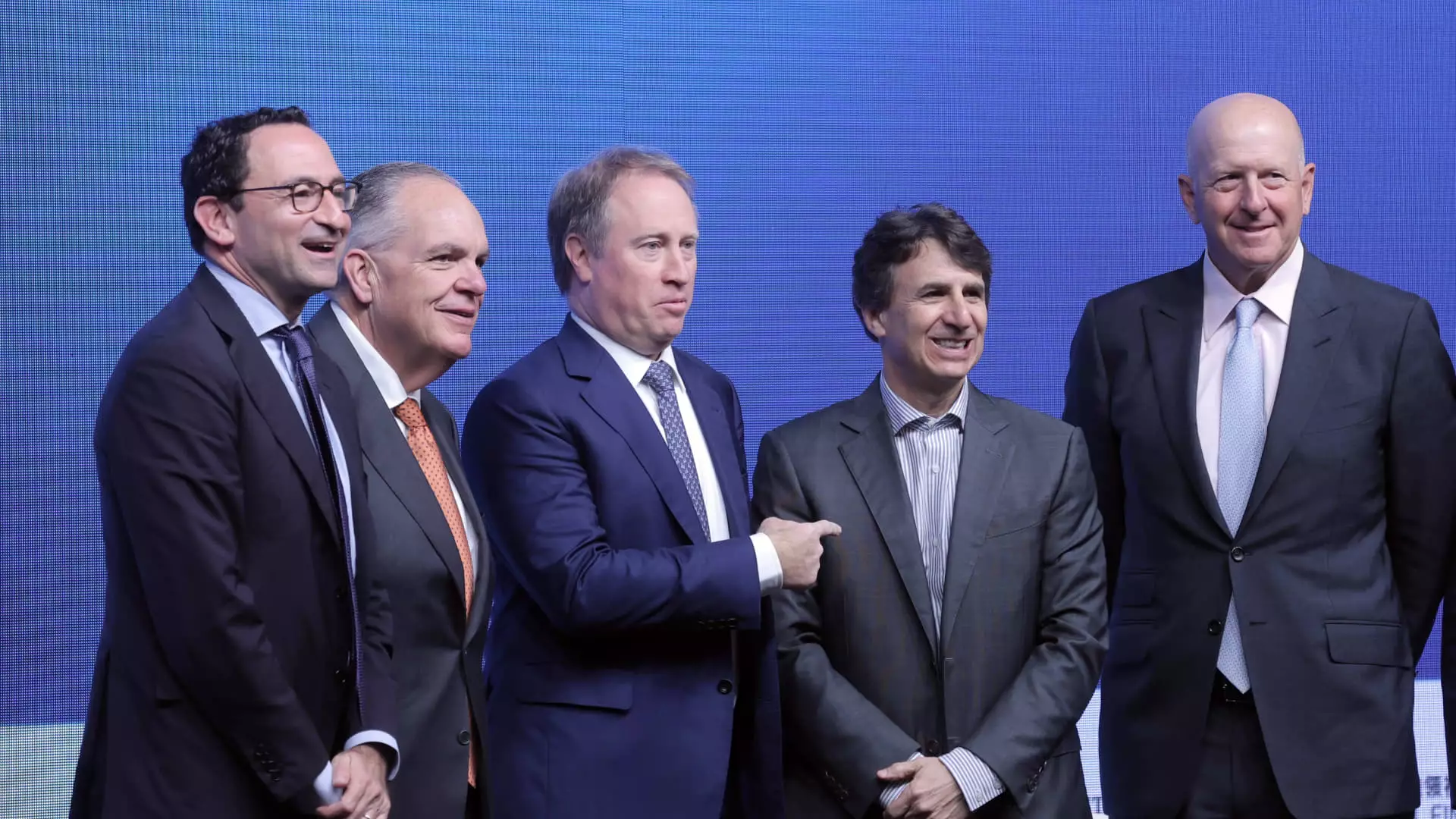The ongoing “industrial renaissance” in the United States marks a significant period of growth and opportunity, as articulated by Marc Rowan, CEO of Apollo Global Management. Speaking at the Global Financial Leaders’ Investment Summit in Hong Kong, Rowan underscored a burgeoning demand for capital that has been compared to historical economic shifts. This newfound vigor is primarily supported by extensive government investment in critical sectors, which carries the potential to reshape the economic landscape for years to come.
One of the key drivers behind this influx of capital demand is substantial government spending. Specific initiatives such as the Inflation Reduction Act have injected considerable funds into infrastructure improvements and the semiconductor industry, positioning these sectors at the forefront of economic revitalization. This investment not only stimulates immediate job creation and technological advancement but is also strategic from a geopolitical standpoint, enhancing the U.S.’s competitiveness in critical global industries. Rowan emphasized that the degree of demand for capital, bolstered by large federal expenditures, is remarkable and unprecedented.
This governmental backing is significant, particularly in light of the U.S. government’s ongoing budget deficits. As federal spending rises alongside these deficits, the implications for capital markets are profound. The anticipated orders in industrial projects, bolstered by legislation like the CHIPS and Science Act, indicate that capital-raising endeavors are likely to become more prominent. This public investment creates a fertile ground for private capital as firms look to align their resources with government initiatives.
In addition to domestic investments, the U.S. has emerged as a prime magnet for foreign direct investment (FDI). This trend highlights confidence among international investors in the U.S. markets and indicates a long-term outlook on economic stability and growth. Rowan pointed out that the U.S. became the largest recipient of FDI over the past three years, a status that appears to be sustained into the current year. The appetite for investments in energy, digital infrastructure, and data centers—particularly critical for emerging technologies like artificial intelligence—has positioned these sectors as hotbeds for capital influx.
The evolving nature of technology and its intertwining with traditional sectors accentuates the significance of digital infrastructure. As per Jonathan Gray, President and COO of Blackstone, the thrust towards data center investment is particularly pronounced. This sector symbolizes the merging of conventional finance with the digital age, as robust data infrastructure becomes essential for various industries. Gray affirmed a commitment to capital deployment in this area, signaling bullish sentiment towards ongoing and future projects.
The capital raising landscape has experienced a series of fluctuations marked by the extraordinary economic stimulus witnessed during the COVID-19 pandemic, followed by a period of stabilization amid geopolitical tensions and rising inflation. David Solomon, CEO of Goldman Sachs, reflected on the remarkable peak of capital activity in 2020 and 2021, which has since been tempered by external factors such as the Ukraine conflict and tighter regulatory scrutiny from organizations like the Federal Trade Commission (FTC).
However, recent developments suggest a resurgence in capital-raising activities, with panelists at the summit pointing towards normalization post-pandemic and shifting regulatory landscapes expected under the incoming administration. Ted Pick, CEO of Morgan Stanley, expressed optimism regarding the health of the consumer and corporate sector, characterizing them as being well-positioned for growth. He stressed that the capital allocation environment has been conducive for economic players looking to seize opportunities.
The current trends indicate a robust outlook for capital raising and mergers and acquisitions (M&A). Solomon’s projection of a more dynamic capital market ecosystem suggests that the industrial renaissance could be an advantageous moment for businesses to engage in expansion and partnership formations. As we look ahead to 2025, expectations are set for a vigorous upswing in activities that benefit from current government policies and shifting investor sentiment.
The interplay between increased governmental investment, foreign confidence in U.S. markets, and the pivotal role of digital infrastructure signals a transformative phase for the U.S. economy. While challenges persist in the broader economic landscape, the potential for significant capital flows presents myriad opportunities for businesses and investors alike. This industrial renaissance may well chart a new course for economic revitalization in an ever-evolving global marketplace.

